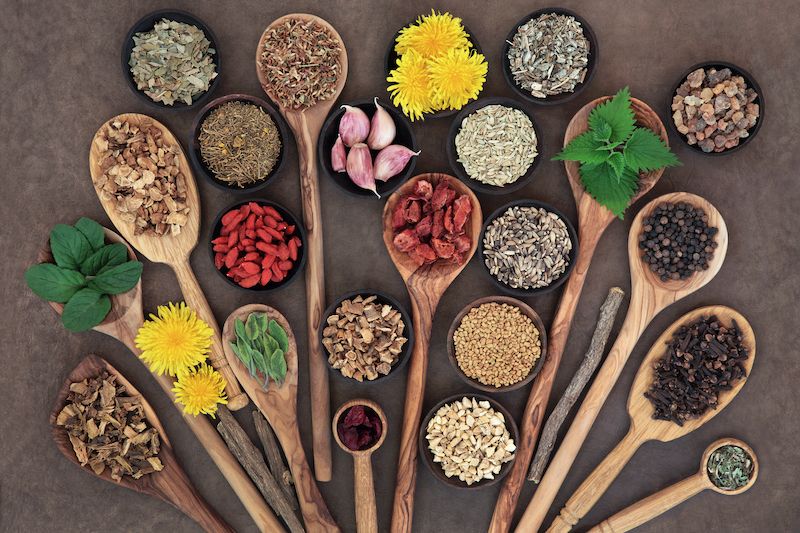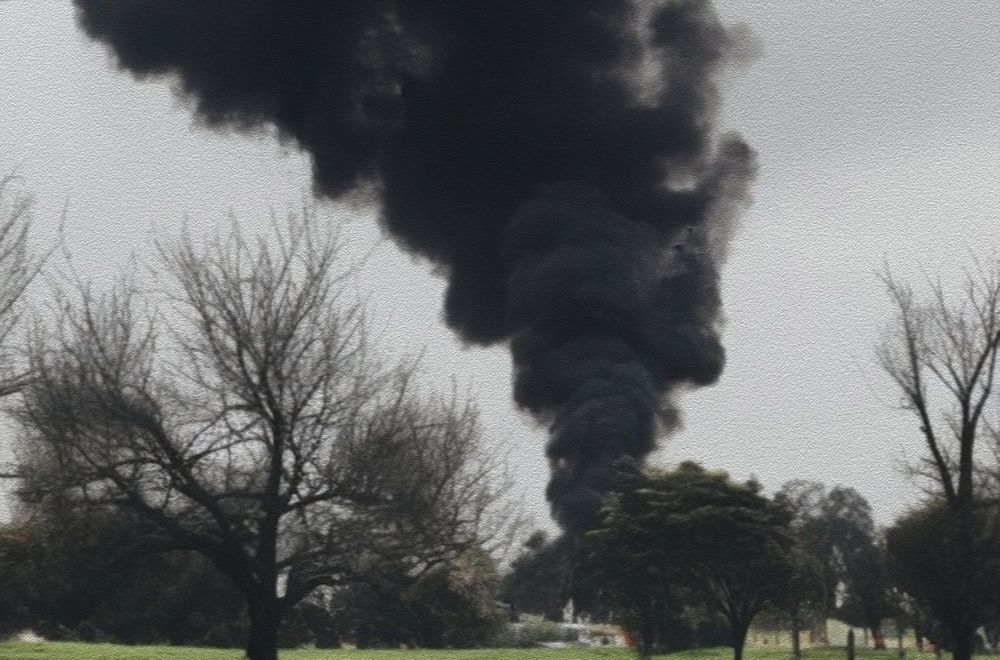So What’s The Problem With Talc?
First, what is Talc? Talc is a naturally occurring silicate mineral extracted from rock deposits in the crust of the Earth to make talcum powder. The cosmetic industry crushes, dries, and mill talc into a fine, supple, and white powder utilized in numerous products such as baby powder, cosmetics, deodorant, ceramics, and paint.
Baby powder made from talc has been popular in America for many years. In fact, it was probably used on you butt when you were a baby. Its silky texture and ability to absorb moisture make it ideal for preventing baby diaper rashes and a variety of other skin care problems. However, there is a darker side to this product, and recently a string of legal actions and research has uncovered a link between baby powder and ovarian and lung problems.
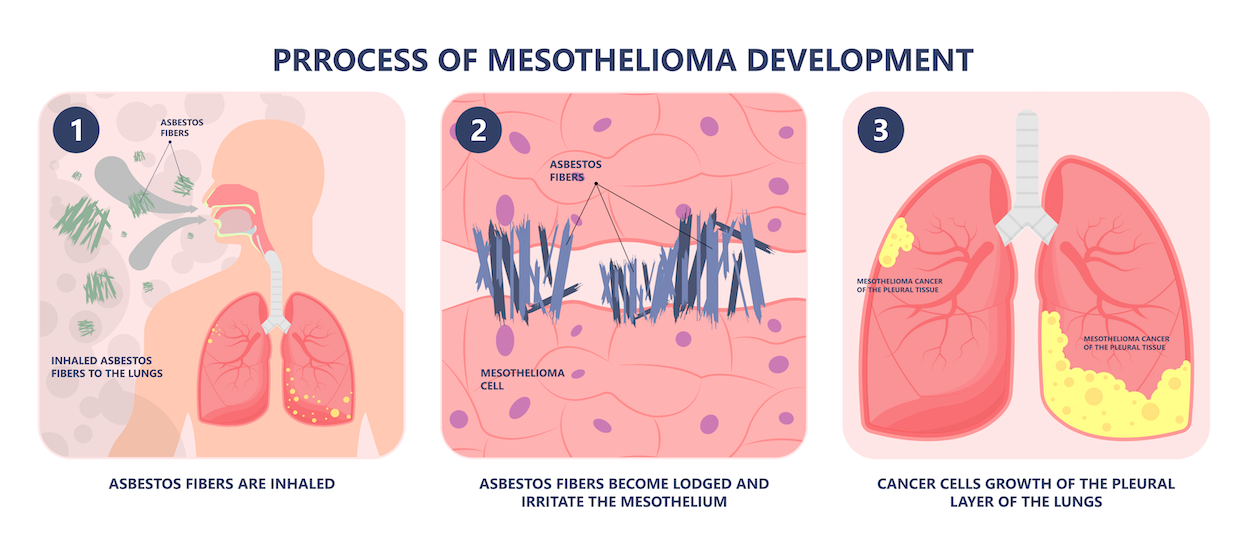
According to a 2003 meta-analysis of 16 research studies, scientists found a 33% increase in ovarian cancer for frequent users. Asbestos, which is found in talc products has long been associated with mesothelioma. But in spite of this, many companies continued putting it in products and are now paying the price, along with many people they harmed.
Between 2015-2020 $188 billion dollars was paid out collectively by Johnson & Johnson, Avon, Colgate-Palmolive, and Whittake-Clark & Daniels for cases relating to Mesothelioma.
And just this year, after thousands of talcum powder lawsuits have been filed against Johnson & Johnson, alleging that the company's talc-based products, “Johnson's Baby Powder,” has caused the plaintiffs to develop ovarian cancer and mesothelioma. J & J finally agreed to pay 9 billion to victims.
The American Academy of Pediatrics Council on Environmental Health also stated in 2018 in its fourth edition of Pediatric Environmental Health that parents should avoid using talcum powder to prevent talc pneumoconiosis, a lung condition brought on by breathing in particles. According to the AAP, many newborn deaths have a link to talc pneumoconiosis.
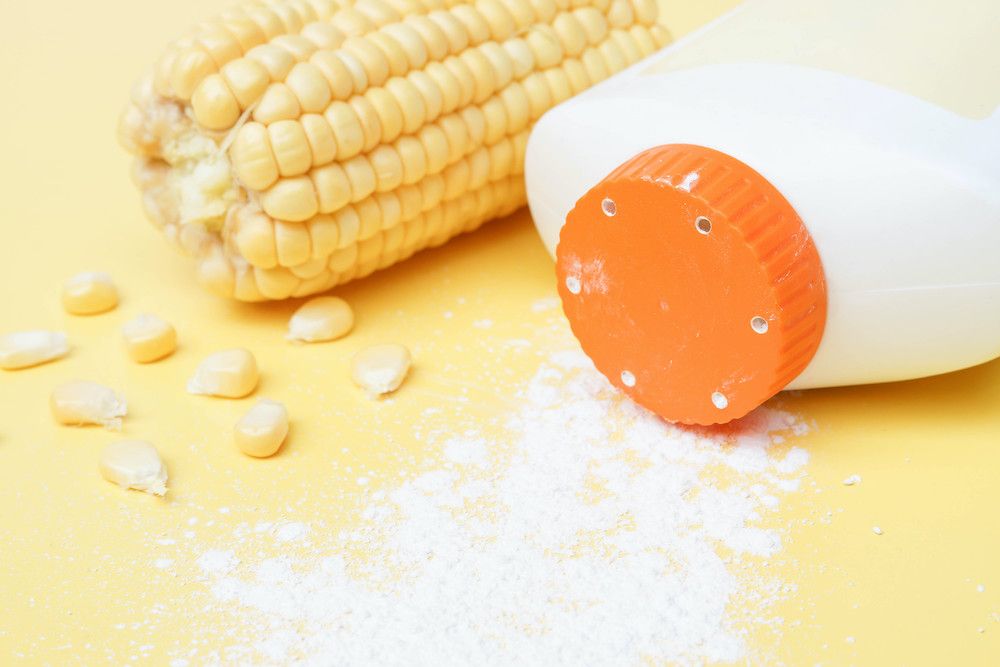
So, Is Cornstarch A Better Alternative To Talc?
Cornstarch is made from Corn, aka maize kernels. Like talc, Its absorbent and helps keep skin cool like talc, but cornstarch has slightly bigger particles which means its less risky to inhale. But cornstarch is still not a great substitute.
Most corn being grown in the USA is genetically modified and contains trace amounts of another likely carcinogen, the pesticide known as glyphosate. And since cornstarch is extremely fine grained you might be giving that trace glyphosate a direct route into your lungs. So if you’re going to use it try to at least make sure it’s organic first.
But really, its not recommended to use at all for two health reasons.
Lung Damage: The AAP (American Academy of Pediatrics) currently discourages the utility of all baby powders due to the risk of lung damage and breathing issues.
- Candida Infection: The National Institutes of Health (NIH) discourages the use of cornstarch because Candida albicans (a fungi infection) due to the fact that cornstarch is a culture medium for bacteria, and fungus like candida. A candida infection can cause diaper rash, and cornstarch can make it worse. And Candida in turn can cause an assortment of health problems.
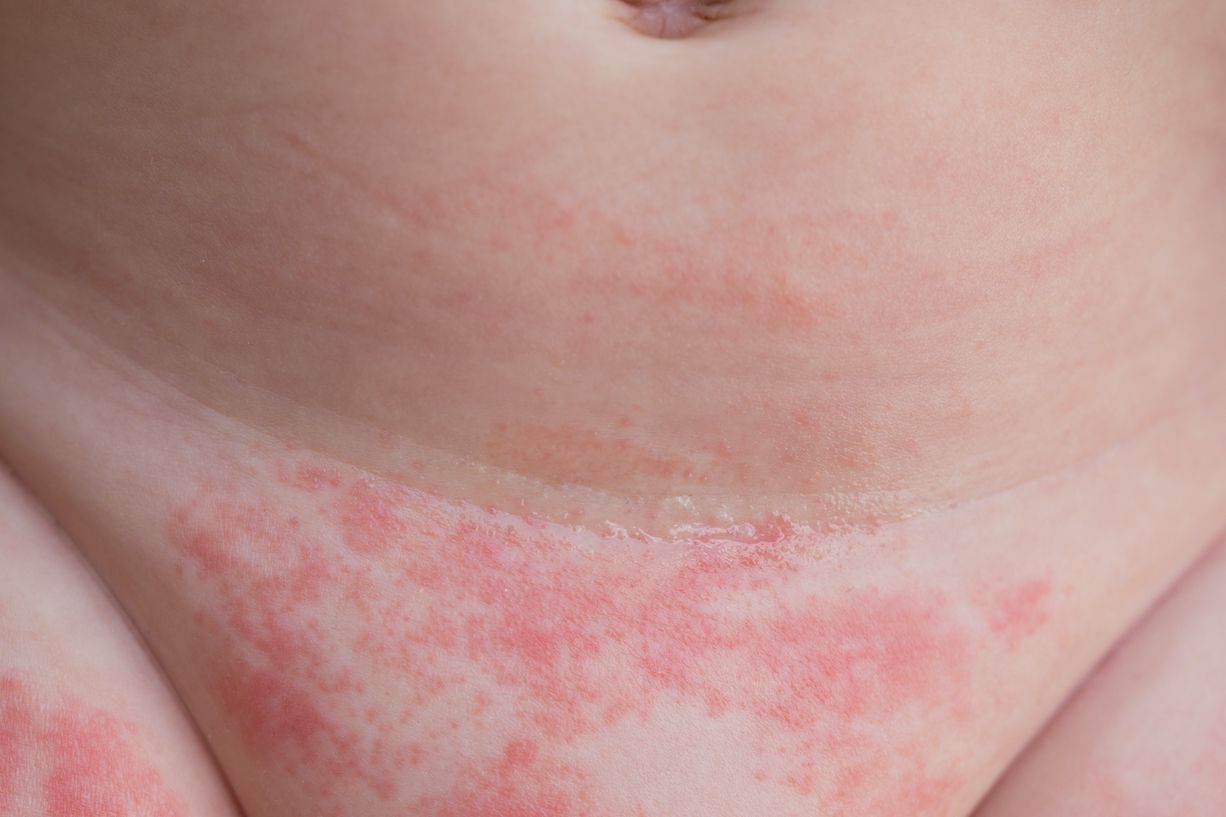
Solutions: So What’s A Safe Alternative For Talc and Cornstarch Baby Powder?
Instead of using talc or cornstarch powder, try some of these healthier options.
- Basic Cleansing: The most basic and affordable option. Clean the skin with warm water, a mild organic soap, and witch hazel. Then allow it to dry.
- Apply Ointments: Try organic ointments with non-nano zinc oxide, glycerin, and shea butter. Note: not all ointments are recommended. Most ointments similar to Desitin have many chemicals which have cause for concern.
- Wipes With A Cleanser. In a pinch, you’re probably better off going with wipes than talc and cornstarch. If you can, though, try to get the kind that are biodegradable and use an organic, or at least, non toxic cleansers, since many wipes on the market don’t biodegrade and use sketchy cleansing agents.
- Healthy Powder: Believe it or not, there are some baby powders that don’t use any sketchy ingredients! So if you’re hooked on baby powder, there’s no reason to throw the baby out with the bathwater. A few types of powder we highly recommend are by Ora’s Amazing Herbal and Marigold Bub. These products are not super expensive, and if you’re as concerned about toxic chemicals as we are, these are great choices for your little one.
Thanks for sharing this article to help spread awareness and support independent journalism. NatureHub’s mission is to help you find healthy local businesses, and to help them compete against big box monstropolies. Thanks for checking out our new marketplace on NatureHub for all your organic handmade goods and herbal remedies!
Disclaimer: The NatureHub Blog provides general information about health related topics. The information provided on this blog, website or any linked materials are for informational purposes only, and not intended as medical advice, for diagnosis, or treatment of any disease, and should not be used as a substitute for consultation with a medical doctor.




